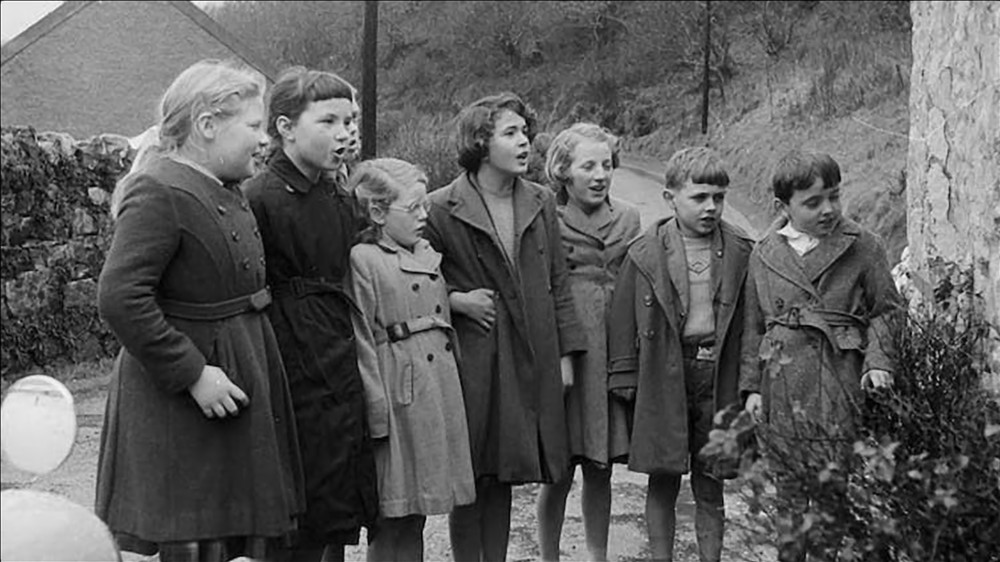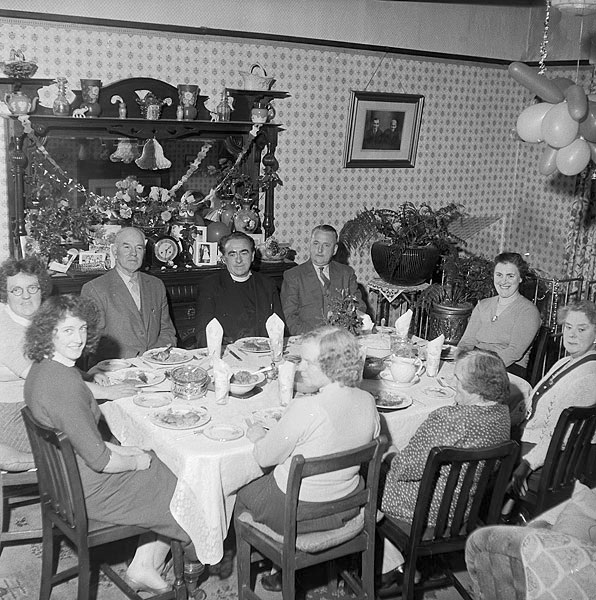Hen Galan: why one Welsh community celebrates the new year on 14 January

Reader, Aberystwyth University
A small community in Pembrokeshire will be holding its annual new year celebrations on January 14, or Hen Galan as it is known in Welsh.
But the residents of Cwm Gwaun near Fishguard are not a fortnight late. Rather, the people of this small wooded hamlet still observe the dates of an old calendar, which was dispensed with by the rest of Britain more than 250 years ago.
The origins of Cwm Gwaun’s new year festivities can be traced back to 1752, the year of calendar reform in Britain. Much of Europe had long since adopted the revised calendar introduced by Pope Gregory XIII in 1582.
The Gregorian calendar
The Gregorian calendar modified the use of leap years in order to keep more accurately to the revolution of the Earth around the Sun. Catholic countries were naturally more inclined to accept this reform. Protestant Britain, however, clung to the traditional way of calculating the year until the middle of the 18th century. That’s when parliament decided enough was enough.
Since the Julian calendar gains a day every 128 years, by the mid-18th century, Britain was eleven days ahead of its neighbours on the continent. That created all sorts of complications for trade and diplomacy. It’s just as well there was no Eurovision or World Cup to organise at the time.
The Calendar Act ensured Britain would come into line with its neighbours in western Europe by simply abolishing eleven days. As a result, in 1752, September 2 was immediately followed by September 14.
This caused controversy as well as confusion and unease for those with birthdays falling during that period.
The Act also had a significant impact on the celebration of the new year, which from 1752 onwards was to start on January 1, rather than March 25, as had been the custom. For some time afterwards, dates between January 1 and March 24 appeared as “1752/3” or “1752 Old Style/1753 New Style”, as confusion continued between those who embraced the new practice and those who preferred to carry on as before.
One side-effect is the tax year beginning on April 6, which is the old date for the new year of March 25, with the missing 11 days added on.
It is not hard to see why some people would have shaken their heads at such upheaval and carried on marking the days as they had always done. The legislation mainly applied to the civil calendar rather than the religious one.
Although Catholic and Protestant churches largely came to accept the Gregorian calendar, the Orthodox church kept to the Julian calendar and celebrates Christmas later than other Christian churches.
Of course, the difference between the followers of the two different calendars grows gradually, and more than eleven days now separate them.

Tradition
Cwm Gwaun is one place that has tackled such uncertainty head on. The first day of January was already commonly celebrated as New Year’s Day or Dydd Calan in much of Wales before these official changes. But in Cwm Gwaun, the 11 lost days of 1752 were maintained, so their new year fell in line with the Orthodox new year.
Thus, the tradition of Hen Galan, or old New Year’s Day, was born and is adhered to in this Welsh-speaking area. The customs associated are very much in line with January 1 celebrations in Wales, so it is mainly the timing that is unique.
Among the old traditions that continue in Cwm Gwaun is the collecting of calennig, or a new year’s gift, usually by children. Groups circulate from house to house, knocking on doors and offering new year’s greetings, usually in song and verse.
Each home would be sure of good luck for the coming year if they responded with gifts, originally of food to help sustain families through the difficult months of winter, but in more recent years of money or sweets.
The children of Cwm Gwaun go door to door singing and collecting calennig.
Anyone who did not welcome and reward visitors would receive a year of bad luck (llond y tŷ o fwg, which means “a house full of smoke”), according to one verse. Calennig collectors knocking on doors after midday on Dydd Calan, however, could safely be refused as they were out of time.
And time is, of course, the crucial element in all of this. Agreeing on how we decide to calculate and mark its passing has been a complicated element in human history. Hen Galan in Cwm Gwaun is a yearly reminder of that.
This article was first published on The Conversation
![]()
Support our Nation today
For the price of a cup of coffee a month you can help us create an independent, not-for-profit, national news service for the people of Wales, by the people of Wales.







Happy New Year to the residents of Cwm Gwaun.
And to Dr White…
Hen Galen. Old Calendar could be a great business opportunity for us in Cymru
A bank ?? are there any left here in Cymru holiday. and an chance to test our preparations for St David’s the national holiday.of Cymru
Another Special Community in Wales along with Bethlehem for it’s Post Office and Hay on Wye with Independence declared by King Richard